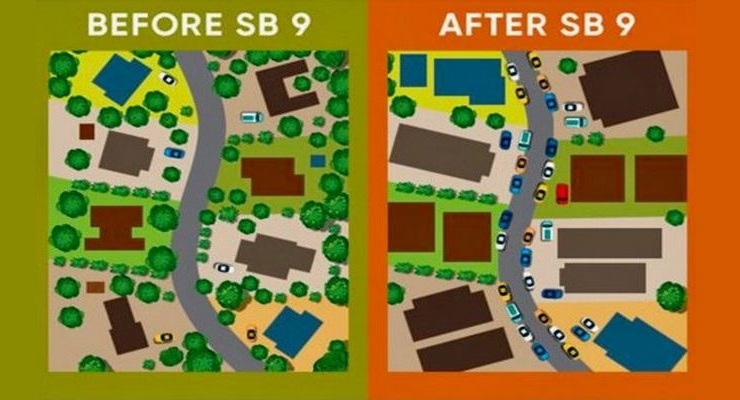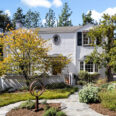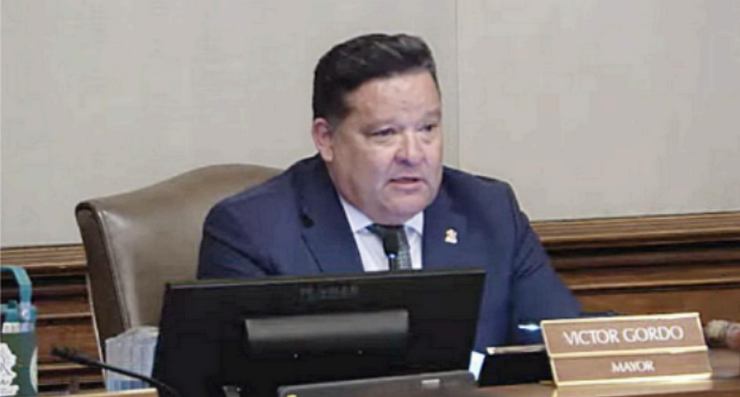
Critics claim that SB9 will lead to the destruction of single-family housing. More than 200 California cities have opposed the bill. In recent correspondence to the City Council, local residents overwhelmingly opposed the new law.
According to the ordinance, SB 9 requires that local agencies must ministerially approve certain subdivisions of one single-family residential lot into two without discretionary review, and requires a local agency to ministerially approve a proposed two-unit development project on a lot in a single-family residential zone without discretionary review.
“We, the undersigned representatives of cities in the San Gabriel Valley, write in firm opposition to Senate Bill 9 (Atkins), which would end single-family residential zoning in every community in California,” wrote Mayor Victor Gordo and San Gabriel Valley Council of Governments President Becky Shevlin in a Pasadena Now op/ed piece published in July. “SB 9 would result in a quadrupling of the allowable density in long-established residential neighborhoods, driving real-estate speculators to purchase homes in order to split parcels, build duplexes on each lot and secure rental income streams – at the expense of the quality of life of our residents.”
The piece was signed by mayors and representatives of 21 nearby cities.
Supporters of SB9 claim it will help solve the state’s growing housing crisis. However, there is nothing in the ordinance advancing affordable housing.
“The city is undergoing a process to establish appropriate, objective development standards for the development of duplex units in RS zones. Pursuant to the provisions of Senate Bill 9, staff prepared an urgency ordinance to establish interim development standards for projects involving more than one unit on RS-zoned properties in advance of developing permanent development standards, which was adopted by the City Council in December 2021,” according to a staff report in Monday’s agenda.
The adopted Interim development standards include provisions that are consistent with state law such as:
• Allowing a maximum of 4 units on any given site.
• Landscaping requirements to ensure sufficient open space including the retention of existing trees on-site or planting of new trees; and
• A prohibition on short-term rental of duplex units developed under the provisions of SB 9.
Although most of the housing built would be accessory dwelling units (ADU) which would rent far below the market value associated for apartments, but according to study most people who build ADUs build them for family members to live in.
Critics claim that SB 9 will heavily impact Black and Brown communities.
Since it is an emergency ordinance, a threat to health and safety, and welfare had to first be acknowledged.
Councilmembers expressed concerns about aggressive language in the ordinance and worried it could hurt chances to reclaim the 710 stub from the state.
In order to combat SB 9, several neighborhoods are now seeking landmark status, including the Madison Heights Neighborhood Association.
“We began the effort to protect the historic architecture and character that makes Madison Heights so unique several years ago. SB 9 has added some urgency, since starting in four weeks it will allow developers to tear down historic homes, split lots, and put up 4 new units within 4 feet of side/rear property lines,” the group wrote in an email blast to its members.
“To be clear: SB 9 has no affordable housing provision,” the group wrote, but even if it did, a Landmark District is about the importance of preserving history and artistry.
The writers of SB 9 recognized the civic and cultural value in preserving beautiful historic architecture and neighborhoods, and thus included an exemption for Landmark Districts (and other designated historic landmarks).
However, unlike local rules, those neighborhoods will receive no protections unless the process designating them landmarks is complete.
On Aug. 21, the city submitted its own letter opposing the bill.
“Pasadena is acutely aware of the statewide housing crisis, and acknowledges that significant steps must be taken to address housing affordability. However, the provisions of SB 9 are likely to undermine the many efforts that Pasadena and other like-minded progressive cities have undertaken in recent years to increase housing supply near transit as part of a more holistic community planning strategy, while maintaining the unique character of our established neighborhoods.”
The letter also noted that the legislation was “being undertaken without serious study or consideration of the potential impacts related to traffic, greenhouse gas emissions, air quality, and other environmental factors.”
In the letter, the city did seek to undermine the entirety of SB 9 and its goals, but rather requested that the Legislature “consider accommodations or exemptions for good actors like Pasadena that would allow us to achieve the same worthy goals of this bill in a manner that is rooted in community participation and thoughtful planning principles.”
“The interim ordinance protects, within the bounds allowed by Senate Bill 9, the erosion by the State Legislature of the City of Pasadena’s many efforts in recent years to increase housing supply as part of a more holistic community planning strategy, while maintaining the unique character of its established neighborhoods,” according to a fact sheet contained in Monday’s agenda.



















